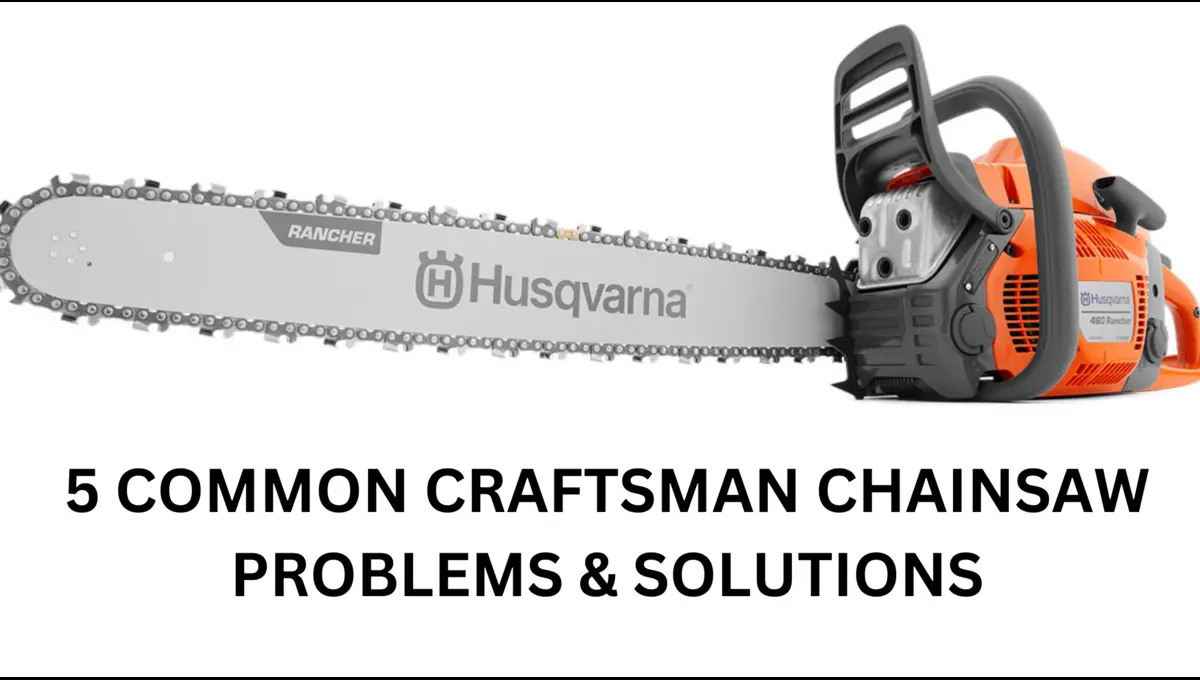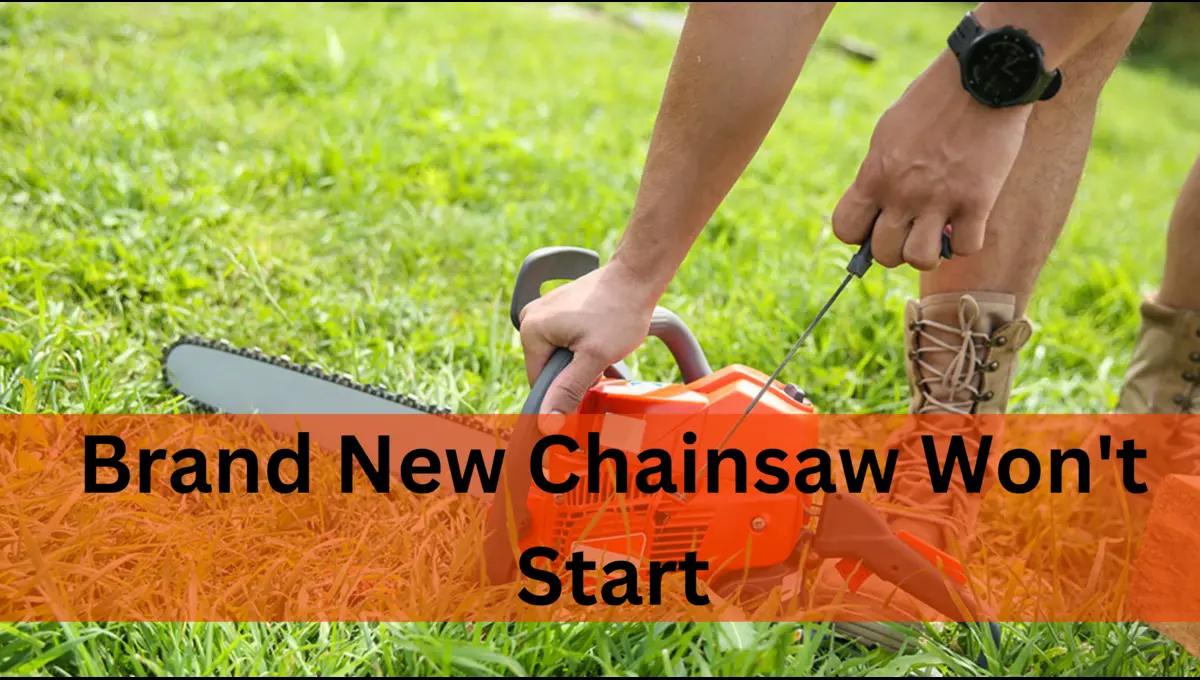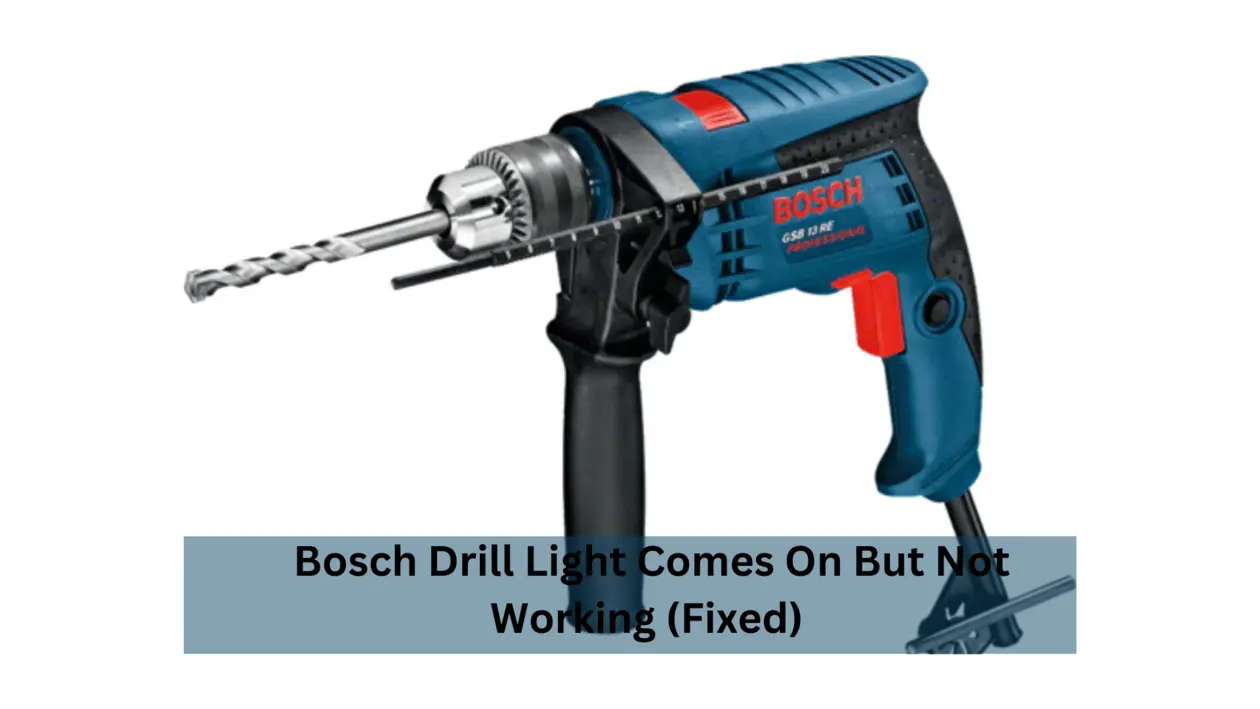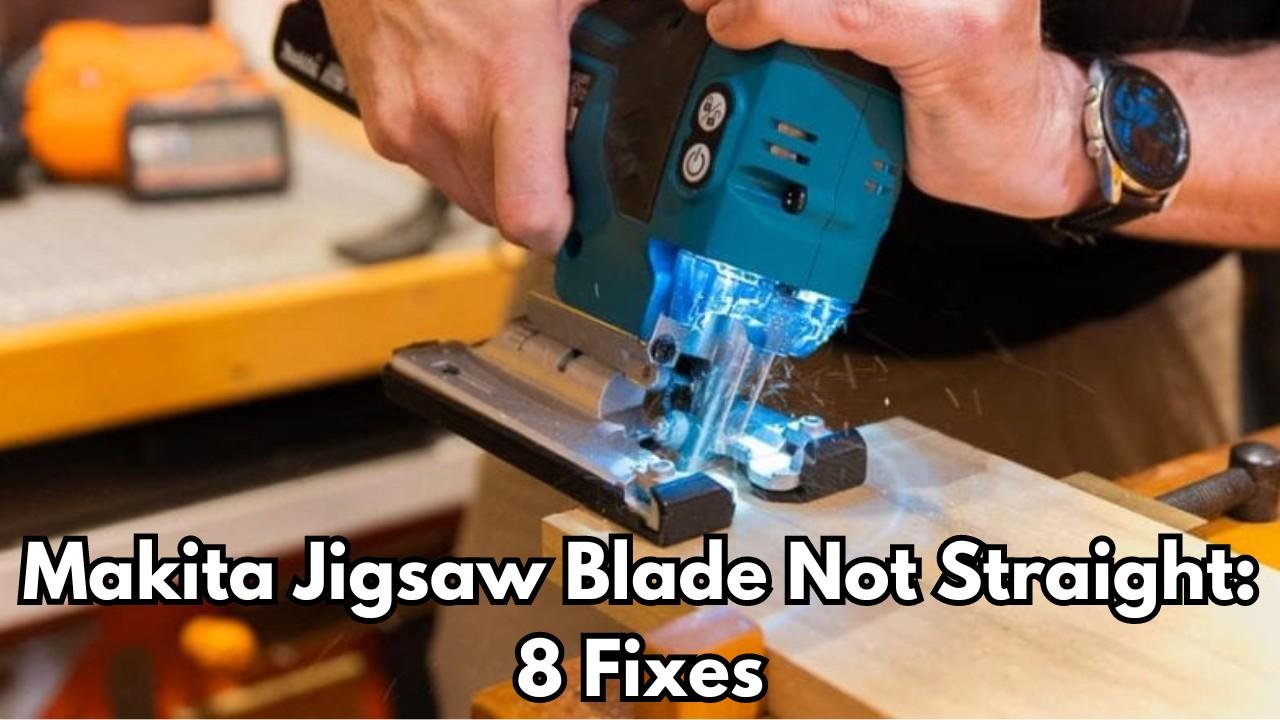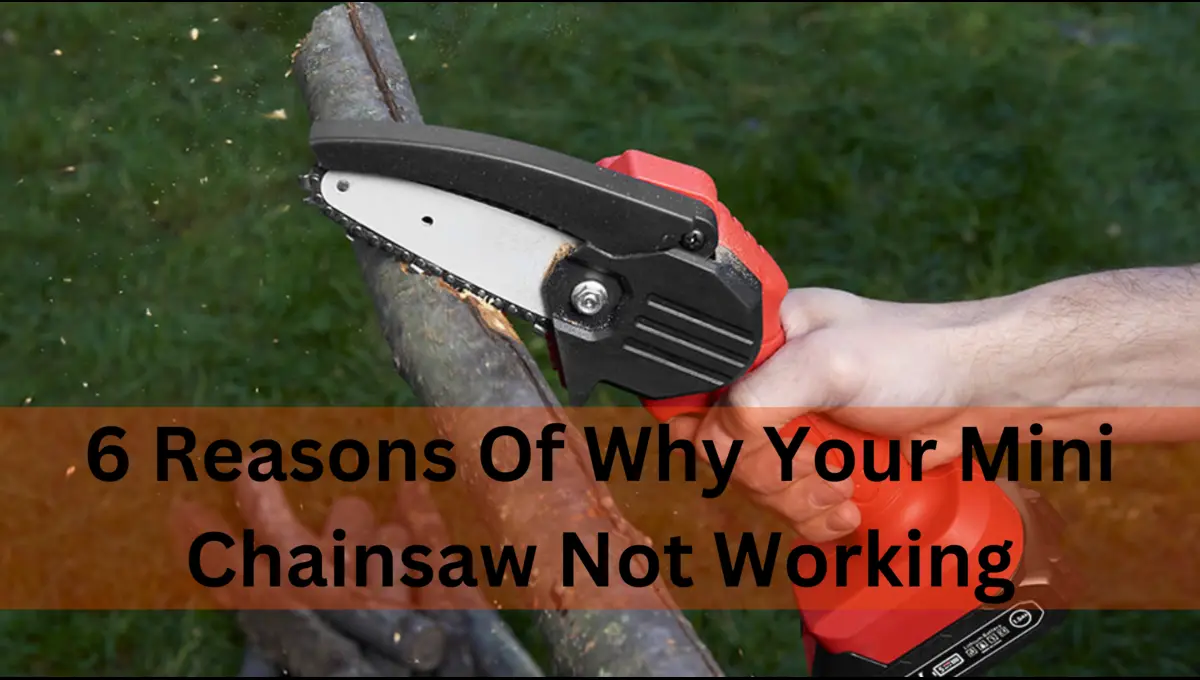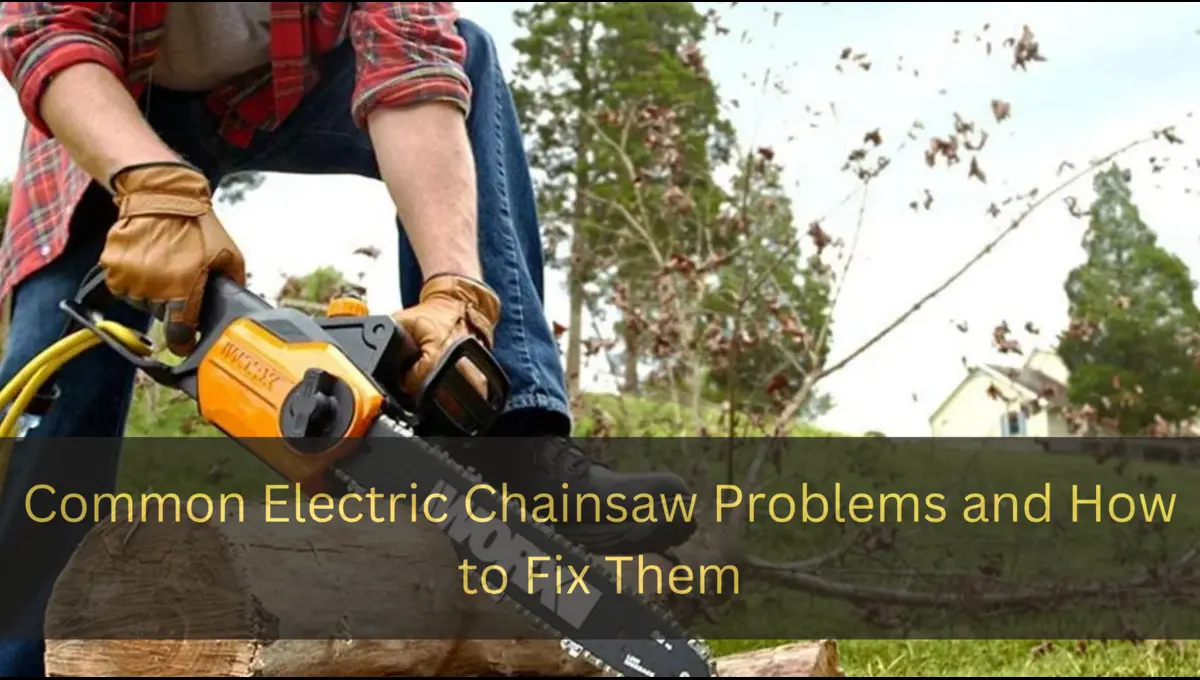Owning a powerful tool like a Husqvarna chainsaw comes with its advantages, but it’s not immune to occasional challenges. In this guide, we’ll explore some common husqvarna chainsaws problems that might occur while using it.
From starting problems to engine stalling and various mechanical issues, understanding these common pitfalls empowers users to maintain and optimize the performance of their chainsaws.
Few Things To Know:
First Thing First: If you have just bought your Husqvarna chainsaw and it was working fine for few hours and later on started to cause problems then their is a possibility of manufacture defect in the chainsaw in this case if you have time you should immediately return the chainsaw, otherwise if you are facing problems after the return date has ended then go for claiming warranty.
The Lifespan: According to tests carried on Husqvarna chainsaw it is studied that it has average lifespan of 16 months and in many other cases only 11 months. In this case go for buying new chainsaw as the problems after this age are impossible to fix don’t waste your time. You can buy new chainsaw. Following chainsaw are best to buy.
- BLACK+DECKER Electric Chainsaw
- SKIL PWR CORE 20 Brushless
- CRAFTSMAN Electric Chainsaw, 16-Inch, 12-Amp
Husqvarna Chainsaws Problems (Solved)
1. Essential Requirements for Engine Operation:
To troubleshoot an engine that won’t start or runs poorly, you should first focus on three main areas that involve simple components. These areas and their basic parts include:
Fuel System: Check the carburetor, fuel filter, fuel mix, hoses, primer bulb, and breather.
Spark System: Examine the spark plug, ignition unit, HT & short lead, stop switch, and flywheel.
Air System: Inspect the air filter, carburetor, manifold, muffler, hoses, and breather.
All these components must be in good condition for your chainsaw to start, run smoothly, and provide the power, efficiency, and reliability you expect from a new chainsaw.
2. Compression Issues:
A gasoline chainsaw has different parts to move and work well. It’s important to check if there’s enough compression for it to run properly. When the engine works, it makes compression in the crankcase and combustion chamber.
If there’s not enough compression, your chainsaw might lose power or stop working because the engine can’t hold the right pressure in the cylinder. A simple way to check compression is by putting the chainsaw on the ground and using the starter rope to lift it.
If the compression is good, the rope should stay put when you pull it, letting you lift the chainsaw with the starting cord. If the rope slowly gets longer, it could mean there’s low compression, and you need to check more carefully.
You can also use a tool called a compression test gauge. Stick it into the hole where the spark plug goes and gently pull the chainsaw’s starter rope.
Common places where air might leak, causing low compression, are often the crankshaft seals. Damage to the piston or piston rings can also be a factor. These issues can be hard to fix and might need a lot of knowledge.
During the check, it’s crucial to read your owner’s manual. If you’re not sure about fixing chainsaw problems, getting help from professionals is recommended to make sure your tool gets proper care.
3. Blocked Chainsaw Carburetor Issues:
If your chainsaw is having trouble starting or running poorly, a common issue could be a clogged carburetor. The carburetor is a crucial part of the engine that mixes air and fuel for combustion.
Over time, dirt, debris, or old fuel can clog the carburetor, disrupting this mixture. To address this, you can clean the carburetor by removing it, disassembling it, and using carburetor cleaner or compressed air to clear any blockages.
Regular maintenance, including cleaning or replacing the air filter and using fresh fuel, can help prevent carburetor issues and keep your chainsaw running smoothly. If you’re unsure, consulting the owner’s manual you may seek professional help
4. Faulty Spark Arrestor:
Maintaining a clean spark arrestor is crucial for optimal performance in a Husqvarna chainsaw. A clogged spark arrestor can lead to stalling or starting issues. To clean it, turn off the chainsaw and remove the muffler cover, then take out the spark arrestor.
Scrub the spark arrestor screen with a wire brush to remove any dirt. Reinstall it onto the muffler, ensuring tight screws. Check the spark plug gap before starting the chainsaw.
Regular cleaning prevents issues, but if uncomfortable, consult a professional mechanic for assistance. Always follow safety precautions and refer to the user manual for specific instructions.
5. Malfunctioning Clutch Issues:
A defective clutch in a Husqvarna chainsaw can lead to various issues, such as engine stalling, clutch slipping, and difficulty in cutting correctly. To identify and address these problems, it is essential to know the signs of a bad clutch.
Signs of a defective clutch in a chainsaw include increased vibration during operation. Unexpected stops while cutting and abnormal running speeds, either too fast or too slow, are also indicators. Additionally, a noticeable grinding noise may occur during the starting process.
If you suspect that your chainsaw clutch is defective, you can start by checking the clutch adjustment. If it is too loose or too tight, you may need to adjust it accordingly. Additionally, you can clean the clutch area and inspect it for damage. If the problem persists, you may need to replace the clutch assembly
To replace the clutch assembly in a Husqvarna chainsaw, begin by removing the air filter cover and unscrewing the two screws holding it in place. Afterward, remove the bar and chain from the saw to access the sprocket cover.
Once you remove old clutch assembly, you can install the new one, ensuring that all components are properly aligned and secured.
If you are not comfortable performing these repairs yourself, it is advisable to consult a professional mechanic for help. Remember to always follow safety precautions and consult your user manual for specific instructions.
6. Engine Overloaded with Fuel:
A flooded engine is a common issue with chainsaws, like Husqvarna chainsaws. This happens when too much fuel gets into the engine, stopping it from igniting. Over-choking can happen when the chainsaw is in the run position with the choke engaged.
Another situation is using the choke on a warm engine when it’s not needed. To fix a flooded engine, there are a few things you can do. One solution is letting the chainsaw sit for 15-20 minutes to let the fuel evaporate.
Another solution is blowing air through the spark plug hole with a rubber tip to remove extra fuel. Make sure the air doesn’t blow through the carburetor. After blowing air, reconnect the spark plug and the cover of your chainsaw. Try starting the chainsaw again, first with the choke closed and then with it open.
To prevent this, make sure not to over-choke the chainsaw and use fresh petrol. If the chainsaw is flooded, stop pulling and turn the choke off. If it keeps flooding after fixing it, you might need to check the carburetor or the fuel tank venting.
7. Excessive Vibration in Husqvarna Chainsaw:
If your Husqvarna chainsaw vibrates a lot, it can be hard to use. High vibration in your Husqvarna chainsaw can happen for different reasons. A worn-out clutch, a damaged or loose chain, or a faulty engine mount can be some of the causes.
To fix this problem, check the clutch and chain for damage, and then tighten any loose parts. If the engine mount is loose, you might need to adjust or replace it.
Also, if your chainsaw vibrates too much, check parts like springs, bushings, cushions, and isolators for damage.
Doing regular maintenance, like cleaning the chainsaw and looking for damage, can stop high vibration issues. Make sure you’re not overworking the chainsaw and using it as recommended.
If the problem doesn’t go away, it’s smart to ask a professional mechanic for help. Always follow safety rules and check your user manual for instructions and tips
8. Chainsaw Stalls:
If your Husqvarna chainsaw keeps stopping, there could be various reasons. One common cause is a dirty air filter. When the air filter is clogged, the engine doesn’t get enough air, and this can make it stop.
Another reason might be a dirty fuel filter, which can also make the chainsaw stop or not work well. Things like a worn-out clutch, a damaged or loose chain, or a faulty engine mount can also make the chainsaw vibrate a lot and eventually stop.
To fix a stopping Husqvarna chainsaw, start by checking the air filter. If it’s dirty, clean it or get a new one. Also, look at the fuel system for issues, like a clogged fuel filter or carburetor, and clean or replace any old or dirty parts.
Check the clutch and chain for damage, and tighten any loose parts. If the engine mount is loose, you might need to adjust or replace it. To avoid these problems, clean and maintain your chainsaw regularly, and use fresh petrol.
Don’t overuse the chainsaw or push it too hard. Follow the instructions from the manufacturer for starting and using the chainsaw.
9. Damaged Rewind Spring:
A damaged rewind spring in a chainsaw can make it hard to start the engine. The rewind spring helps pull back the starter rope, and if it’s damaged, the rope may get stuck or not recoil correctly. This damage can happen due to wear and tear, improper use, or mechanical stress.
The best way to fix a damaged rewind spring is to replace it with a new one. Some people might try to repair it by heating and reshaping the end, but this should be done with caution to maintain the spring’s elasticity and function.
To avoid rewind spring damage, regularly check the chainsaw’s pull start mechanism and the spring’s condition. Follow the manufacturer’s guidelines for using the chainsaw and avoid pulling the starter rope with excessive force.
Conclusion:
Owning a chainsaw comes with occasional challenges that are inevitable. However, with insights into common problems and their solutions, users can confidently address issues with their Husqvarna chainsaws.
Whether dealing with starting difficulties, engine stalling, or mechanical glitches, a proactive troubleshooting approach enhances the user experience. Regular maintenance is crucial, and following manufacturer guidelines ensures optimal performance.
Timely professional intervention, when needed, plays a vital role in maintaining the chainsaw’s reliability and longevity. This collective effort contributes to sustained high performance from your Husqvarna chainsaw.
